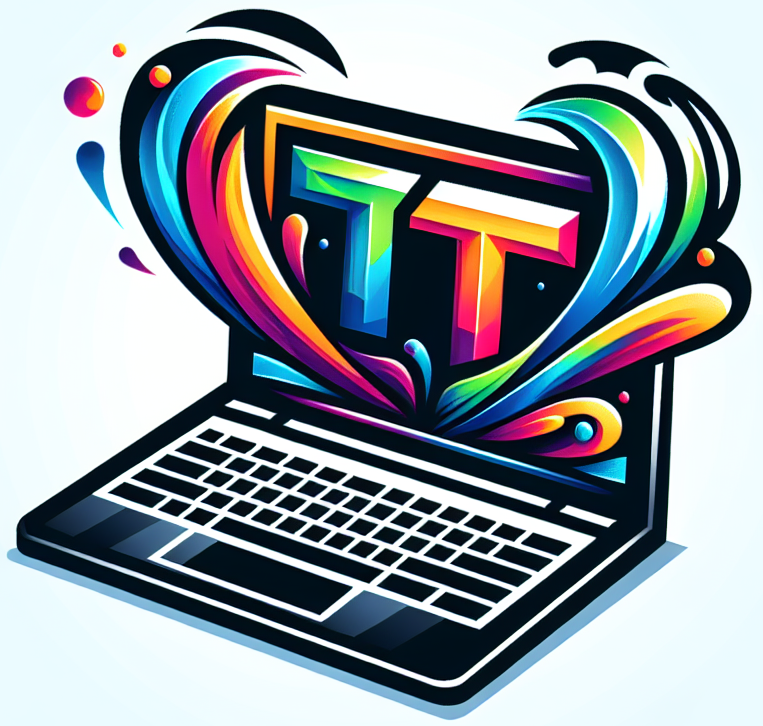Having a specific spot just for work can seriously boost your productivity and help keep the work-life lines clear. When home and work blur together, it’s tougher to turn off and relax or focus properly. By setting up a dedicated place that’s all about work, you train your brain that this spot isn’t for Netflix or snooze—it’s for getting stuff done.
Ergonomics might sound fancy, but it’s really all about feeling good while you put in work. A comfy chair that’s got your back (literally), a desk at the right height, and your screen set up so you’re not cramping your neck can make all the difference. When your setup supports your body, you dodge those gnarly aches and keep your focus where it belongs—on the task, not on your back pain.
Tech and tools are your trusty sidekicks in this setup. Whether it’s a speedy laptop, a big enough screen, or a noise-canceling headset that drowns out the neighbors, invest in stuff that won’t let you down mid-Zoom call. Fast Wi-Fi and a reliable power backup are lifesavers when your internet decides to play hide and seek.
Personal touches always make things better. Plants, posters, or a lamp with the kind of light that helps you see clearly and not squint at the screen bring a vibe that can spark creativity and keep motivation levels high. It’s your space so let it make you feel like the office boss. Beautify it.
Time Management Strategies: Structuring Your Workday Effectively
Every work-from-home pro knows timing is key. Finding out when you’re most productive can turn your workday into a well-oiled machine. Maybe you’re a morning person who’s sharp before the coffee buzz fades, or perhaps your ideas flow best when the sun dips. Use these peak hours to tackle your toughest tasks and leave the simpler stuff for later.
The Pomodoro Technique isn’t just another trendy hack; it’s a classic for a reason. Popping tasks into 25-minute bursts with short breaks keeps your brain fresh and fired up. This method helps avoid the dreaded afternoon slump and makes long tasks feel like a breeze.
Structure meets freedom when you create a plan that also leaves room for a bit of spontaneity. A good routine makes sure you’re not just winging it through the day. Breaks, meals, and maybe even a quick workout can slide smoothly into your schedule so you’re ready to handle anything work throws your way.
Leveraging digital helpers like calendars or apps means less flap and more action. Tools like Google Calendar or Trello can keep you on the ball with reminders and due dates. These apps keep you pointed in the right direction, preventing important tasks from slipping through the cracks.
Overcoming Common Distractions: Staying Focused and Disciplined
Distractions are like little gremlins sneaking into your work-from-home day, making focus fly out the window. Spotting these potential productivity pitfalls is the first step. Maybe it’s the endless parade of snack breaks or the sudden urge to fold laundry. Knowing your personal weaknesses helps you prep for battle.
Clear lines at home can work wonders in giving you the space to buckle down. Communicate with family or roommates about your work hours so everyone knows when you’re logging in and not to bother you unless it’s pizza delivery. You might even consider setting up ‘do not disturb’ signs if that helps keep interruptions at bay.
Your devices can be sneaky distractions champions, pinging every few minutes with notifications. Taming these digital interlopers by setting devices to focus mode or silencing them during work hours helps keep your attention in check. Minimize the notifications and endless scroll holes that pull you away.
Taking care of your mental space is as crucial as managing your physical one. Regular breaks to stretch or just a change in scenery keeps your mind fresh. Burnout lurks in monotonous routines, so variety and mindfulness breaks are your secret weapons against fatigue and stress.
Enhancing Communication and Collaboration: Staying Connected with Your Team
Keeping in touch with your team when working remotely is the glue that holds your projects together. Choosing the right platforms for communication, like Slack or Microsoft Teams, keeps conversations organized and accessible. These platforms offer everything from instant messaging to video calls, helping bridge the distance gap.
Regular check-ins and meetings can keep you synced up with your colleagues. It’s all about finding that sweet spot with schedules—you want to stay updated without drowning in unnecessary meetings. Calendar invites and agreed-upon time slots ensure that everyone is on the same page.
Building and maintaining rapport remotely involves a little more effort but goes a long way. A virtual coffee break or a quick informal catch-up can help strengthen those team bonds. Being proactive in reaching out shows you’re engaged and fosters a friendly vibe.
Digital workspaces like Google Workspace or shared drives are mainstays for collaborative projects. They allow multiple people to work and edit at once, ensuring everyone has the latest version of a document. Utilizing these tools ensures efficiency, preventing the chaos of multiple versions and scattered feedback.

